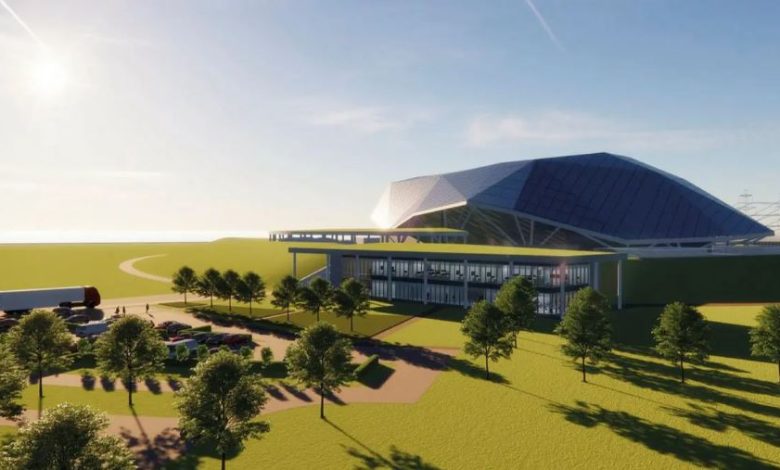The Achilles heel of Small Modular Reactors? Waste

Small Modular Reactors are Mini-nuclear reactor, faster to assemble and less expensive
(Sustainabilityenvironment.com) – Boris Johnson’s Great Britain has made the Small Modular Reactors (SMR) a pillar of its energy policy, to quickly replace obsolete plants that will close in the coming years. It is in good company with the United States, Russia and Argentina, but also China, Canada, South Korea. And to return to Europe, France. Macron last year allocated 1 billion euros in the France 2030 plan to develop mini-nuclear reactors with NUWARD designs. Objective: “to bring out in France small and innovative nuclear reactors with better waste management”. But it is precisely spent fuel that can become the stumbling block of the next generation of nuclear power.
According to a study by scientists at Stanford University and the University of British Columbia, small modular nuclear reactors will produce far more waste than conventional power plants. Even 30 times over. Depending on the design, in fact, the authors of the work published in Pnas argue that the volume of radioactive waste “can increase by a factor of 2 to 30“. A disadvantage for SMR, considered more convenient because of the low costs, the possibility of building them in the factory instead of on-site, and therefore the shorter construction time.
Is this the case for all Small Modular Reactors? Not necessarily. The study considers only 3 of the 30 or so advanced designs currently available or under development, namely SMR cooled to water, molten salts and sodium. However, “the intrinsically higher neutron loss associated with SMR,” the authors write, “suggests that most projects are inferior to LWR [light water reactors] in terms of generation, management and final disposal of key radionuclides in nuclear waste”.
An Achilles’ heel for small nuclear reactors
The critical points of the SMR waste would be mainly two: the volumes and how to manage the radioactivity of the waste. The first, the study states that “excess waste volume is attributed to the use of neutron reflectors and/or chemically reactive fuels and refrigerants in SMR projects”. On the second, the study notes that spent fuel from mini-nuclear reactors “will contain relatively high concentrations of fissile nuclides, which will require new approaches to assess criticality during storage and disposal”. And this applies in general to SMR, beyond the 3 designs studied: “Since the properties of waste streams are affected by neutron leakage, a basic physical process that is enhanced in the cores of small reactors, SMR will exacerbate the challenges of nuclear waste management and disposal“.
A conclusion that totally contradicts the thesis of the lawyers of the mini-nuclear reactors, which indicate the SMRs as a solution that reduces even 80% of these problems compared to the advanced third-generation plants. According to the authors of the study, everything depends on the reference metrics. SMR fans usually only use mass and radiotoxicity, while the work published on PNAS also evaluates other factors that affect the safety and cost of waste management, such as the fissile, radiological, physical and chemical properties of spent fuel.





